“The Illinois River is an overlooked recreational asset for the region.”
Northwest Arkansas will soon reach one million residents, all of whom will have an impact on the Illinois River Watershed in both Arkansas and Oklahoma. If we, as a region, hope to do the hard work necessary to protect and conserve the Illinois River Watershed throughout this growth period, then promoting responsible inclusive recreation opportunities must be an important part of our strategy. Through recreation, we will create opportunities for meaningful personal experiences on the river. These experiences lead to knowledge, which leads to affection, which leads to stewardship.

Over the course of two years the public and individuals interested in the future of the river have provided input on the Conservation-based Master Plan for the Upper Illinois River. An in-depth inventory of the river and its assets have been visually rendered in several DRAFT maps available for download. We have also created an online map where you can explore the Illinois River Watershed and the data inputs used for the Ecological Sensitivity Index.
We invite you to send feedback on these maps including corrections and suggestions. You can submit your information directly to the Public Input Map or email us at contact@irwp.org.
Some of the challenges to conservation-minded recreation we hope to tackle:
Build a national-caliber public access and water trail— Most families in NWA travel over an hour to enjoy scenic waterways. They do not need to!
Create economic opportunities— The Illinois River brings millions of tourism dollars to Oklahoma per year, but very little to Arkansas currently.
Proactively foster responsible river culture— Promoting love and affection for the river is an important part of protecting it for generations to come.
Protecting the rights and interests of landowners on the Illinois River— All of this together creates value for homeowners, businesses, and governments in the IRW basin.

On April 5th, 2022, a group of 45 stakeholders met at the IRWP Learning Center in Cave Springs to envision the future of recreation on the Illinois River in Arkansas. To see river recreation managed in an effective way, the group agreed that it is imperative for diverse stakeholders to actively collaborate to foster a river recreation culture that:
-
Watersheds are managed effectively when the innovative ideas and new partnerships come together to find solutions. We are committed to bringing these people, resources and ideas together.
-
The land along the Illinois River is majority privately owned. Respecting the private property rights of landowners goes hand-in-hand with recreational use of the river.
-
Creating opportunity for the voices of people with different ideas and backgrounds to be at the table will create more opportunities to connect with and use the river.
-
The Illinois River and its tributaries offer unique places that hold untapped economic potential and cultural significance.
-
We know what happens when we don’t get ahead of recreation in beautiful places. We don’t want to look back and wish we would have thought about that.
-
With recreation on the water comes risk. We will support safe recreation.
Participants in the April 5th meeting generated recommendations for management strategies and initiatives intended to improve the recreation experience for all on the Illinois River in Arkansas. The below report summarizes those recommendations. It builds on lessons learned from the Oklahoma side of the watershed, includes recommendations for future investments, and identifies opportunities for collaboration and outreach.
The Action Plan

LIFE JACKET LOANER PROGRAM
FREE LIFE JACKETS to wear while visiting the Siloam Springs Kayak Park.
Help save lives by encouraging ALL to wear a life jacket.
Thank you to the City of Siloam Springs, the Evan Thomas Foundation, Save the Illinois River, and Walmart for supporting this program.
We have received generous support from Benton County ARP and our sponsors for this initiative.
This funding supports one full-time staff person to work on this initiative. But there is more to do. Help us achieve the goals above if you can. Every contribution helps.



